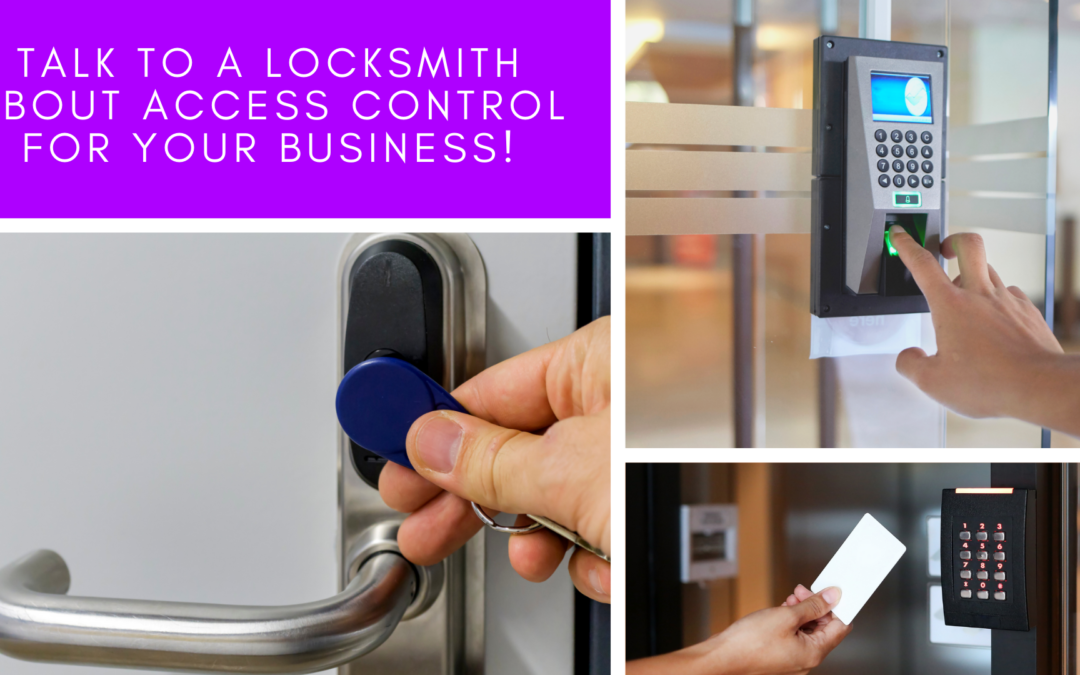An access control system is one of the best ways to protect your business against a security breach. So, it is a valuable security tool that can help keep your premises safe and secure. The term that can refer to anything from security measures to the provisional permits issued at the front entrance. In this article, we will talk about the fundamentals of access control.
What Is an Access Control System?
An access control is a security strategy that restricts who can access a building or section of an office. Therefore, it is a vital security concept that reduces the risk to the company or organization. There are two types of access control systems—physical and logical. Access to campuses, buildings, rooms, and physical IT facilities is restricted via physical access control. On the other hand, connections to computer networks, system files, and data are all restricted by logical access control.
Why Is Access Control System Important?
Having an access control in place reduces the risk of unauthorized access to your business’s physical and logical systems. Of course, every business owner worries about a missing key or discharged employee who may still have access to the premises. Moreover, even the most stringent essential management controls cannot prevent unauthorized duplication of keys. Although rekeying the locks is an option, it is a costly one.
What Are the Different Types of Access Control System for Businesses?
Stand Alone Access Control System
With this type of access control, the door is equipped with all of the essential security devices. Therefore, access is given only if a valid code is presented. The end-user only has to punch the code into the keypad manually. If the code matches the one stored in the access control panel, the system will signal the door to enable access for a limited time. A more convenient option for keypads is the proximity reader. It produces a small electromagnetic field to scan nearby cards. As a result, it unlocks the door if the card’s number matches the one in the control panel’s database.
Discretionary Access Control (DAC)
This type of access control is workable for premises with one or two doors. The system’s owner can set the security level and give key cards or codes to end-users. DAC provides low-level security in terms of sensitive data and requires delegated and/or regulated access levels. As a result, that makes it unsuitable for large facilities.
Mandatory Access Control (MAC)
If you have a small number of staff or premises with low staff turnover, then you can go for mandatory access control. Here, only you and the system administrator have control over who has access to a room or facility. The end-user has no control over the access level. However, the administrator can assign each end-user a status that gives them access through some access points.
Role-Based Access Control (RBAC)
If you have a large business that needs extensive security, Role-Based Access Control would best suit your needs. With an RBAC system, access privileges are determined by the end user’s role and job responsibility. Therefore, by assigning permissions to particular job descriptions, you can restrict access to specific groups of people. As a result, it ensures that lower-level personnel does not have access to high-level facilities or information.
Locksmith Near Me
Need the help of a commercial locksmith to help you with access controls for a more robust and secure system for your business? Kardo Locksmith is a professional locksmith service, and our locksmith Los Angeles specialists are knowledgeable in access control systems, high-security locks, and other security systems. Call us today at (323) 999-2036.



Recent Comments